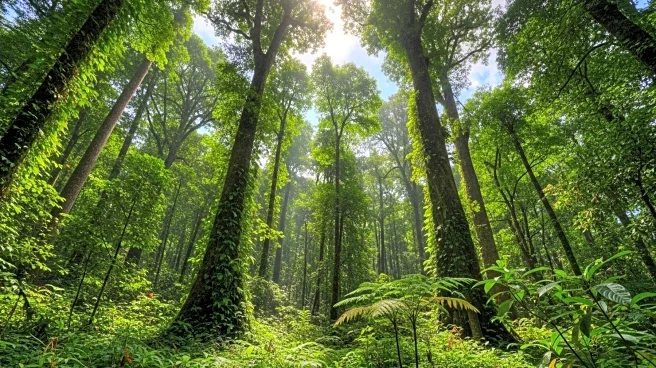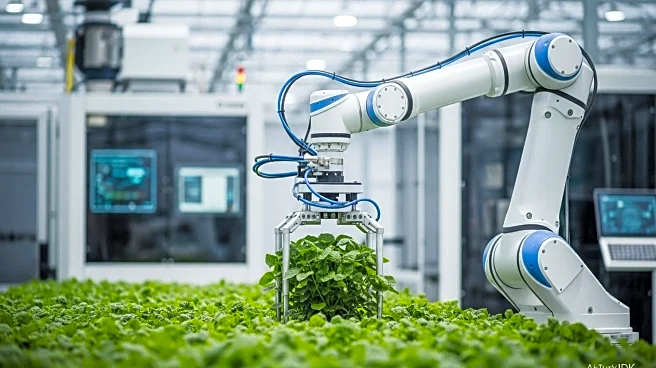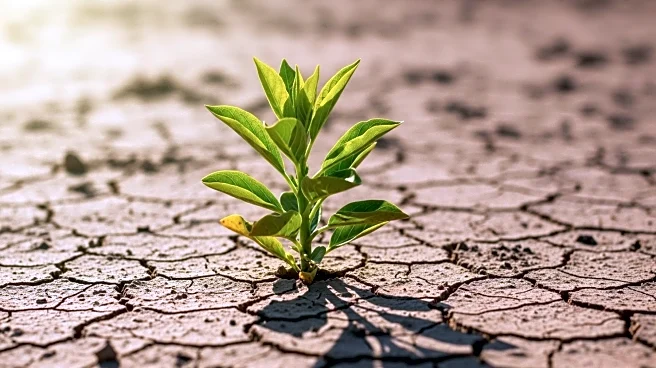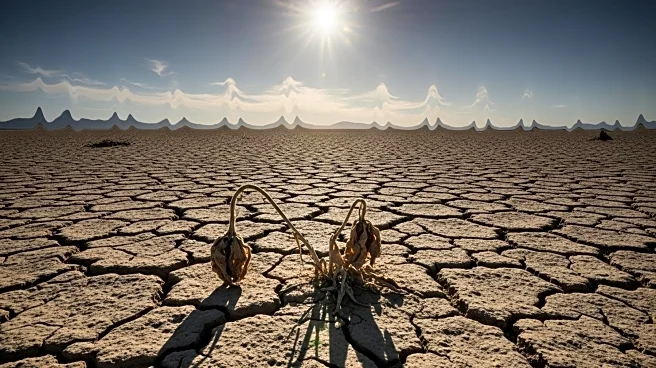What's Happening?
Andy Bourke, a topiary artist with 15 years of experience, has had to adapt his work practices due to the effects of climate change. Based in Rutland, Bourke has observed that rising temperatures and unpredictable weather patterns have confused plant growth cycles, making it difficult to plan his work. The Met Office reported that the summer of 2025 was the hottest on record, following an unusually warm and sunny spring. Bourke now plans his work based on temperature rather than the calendar, as extreme weather events like prolonged heat and heavy rainfall become more common. This shift has forced him to take a more flexible approach to his work, responding to the immediate weather conditions rather than following traditional seasonal schedules.
Why It's Important?
The changes in weather patterns due to climate change have significant implications for agriculture and horticulture industries. As seasons become less predictable, professionals in these fields must adapt to ensure the health and productivity of their plants. This situation highlights the broader impact of climate change on various sectors, necessitating new strategies and innovations to cope with environmental changes. The horticulture industry, in particular, may need to invest in research and development to find sustainable solutions to these challenges. Additionally, the increased frequency of extreme weather events could lead to economic losses and require policy adjustments to support affected industries.











